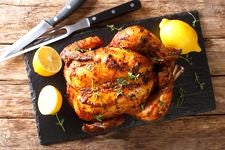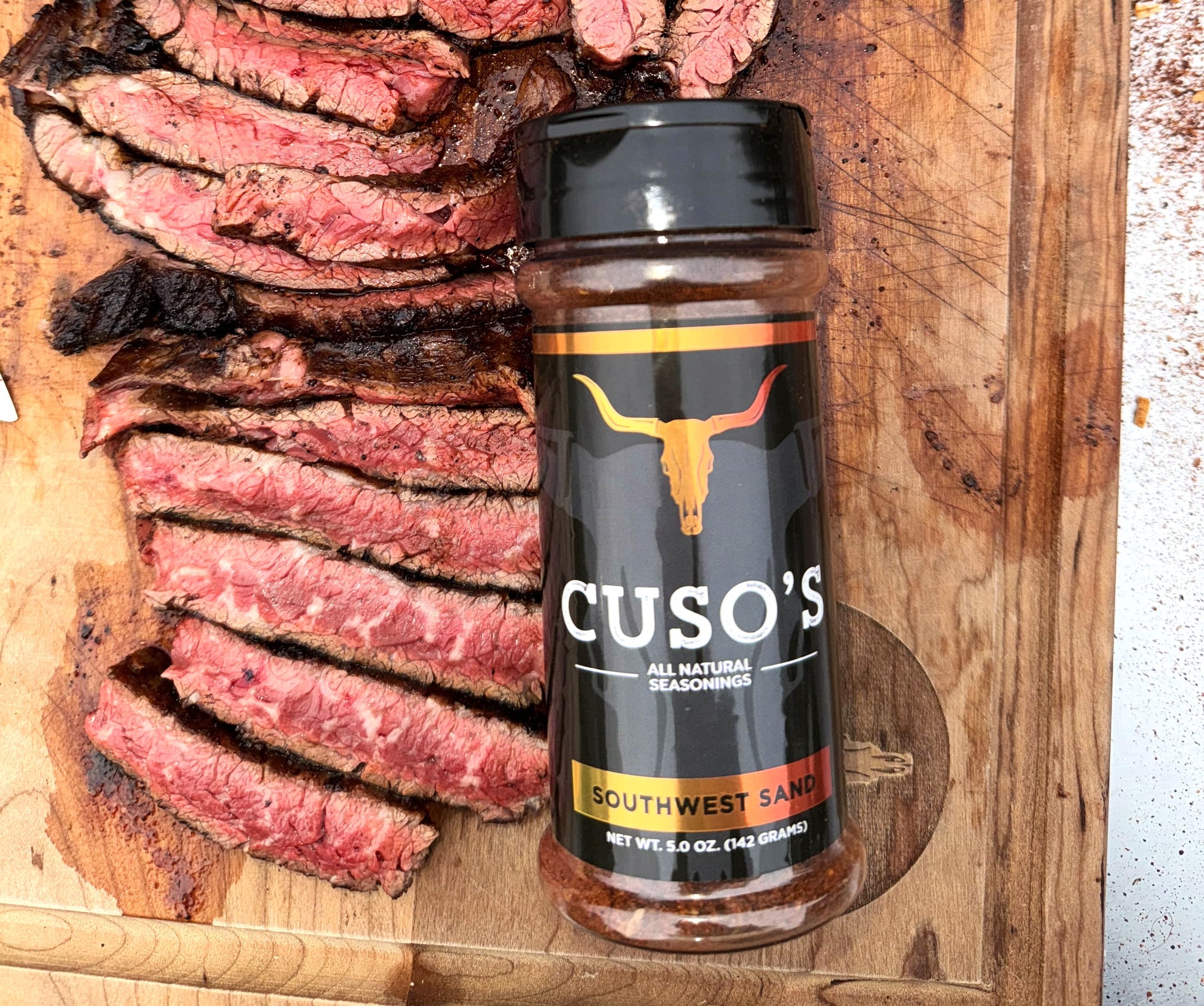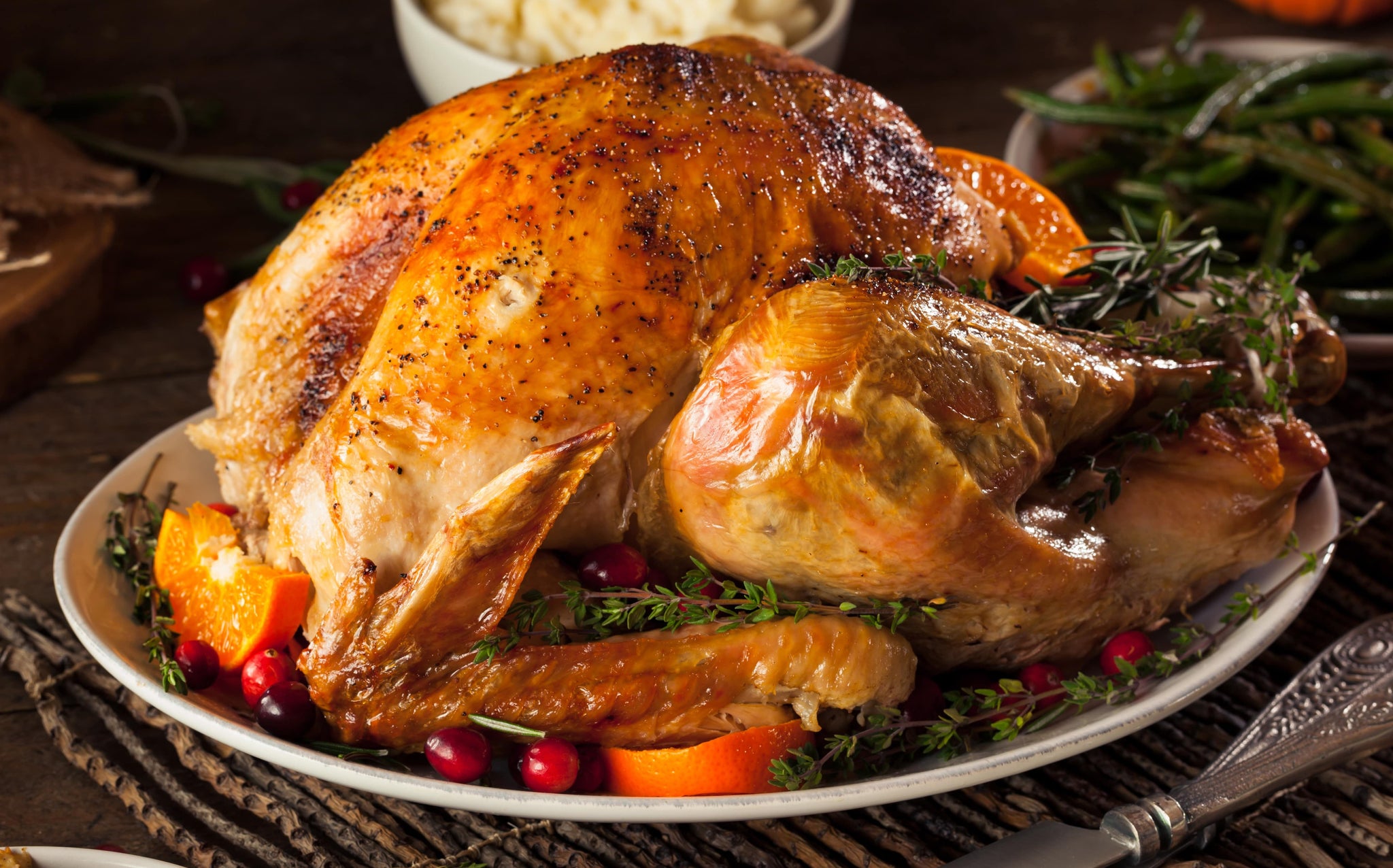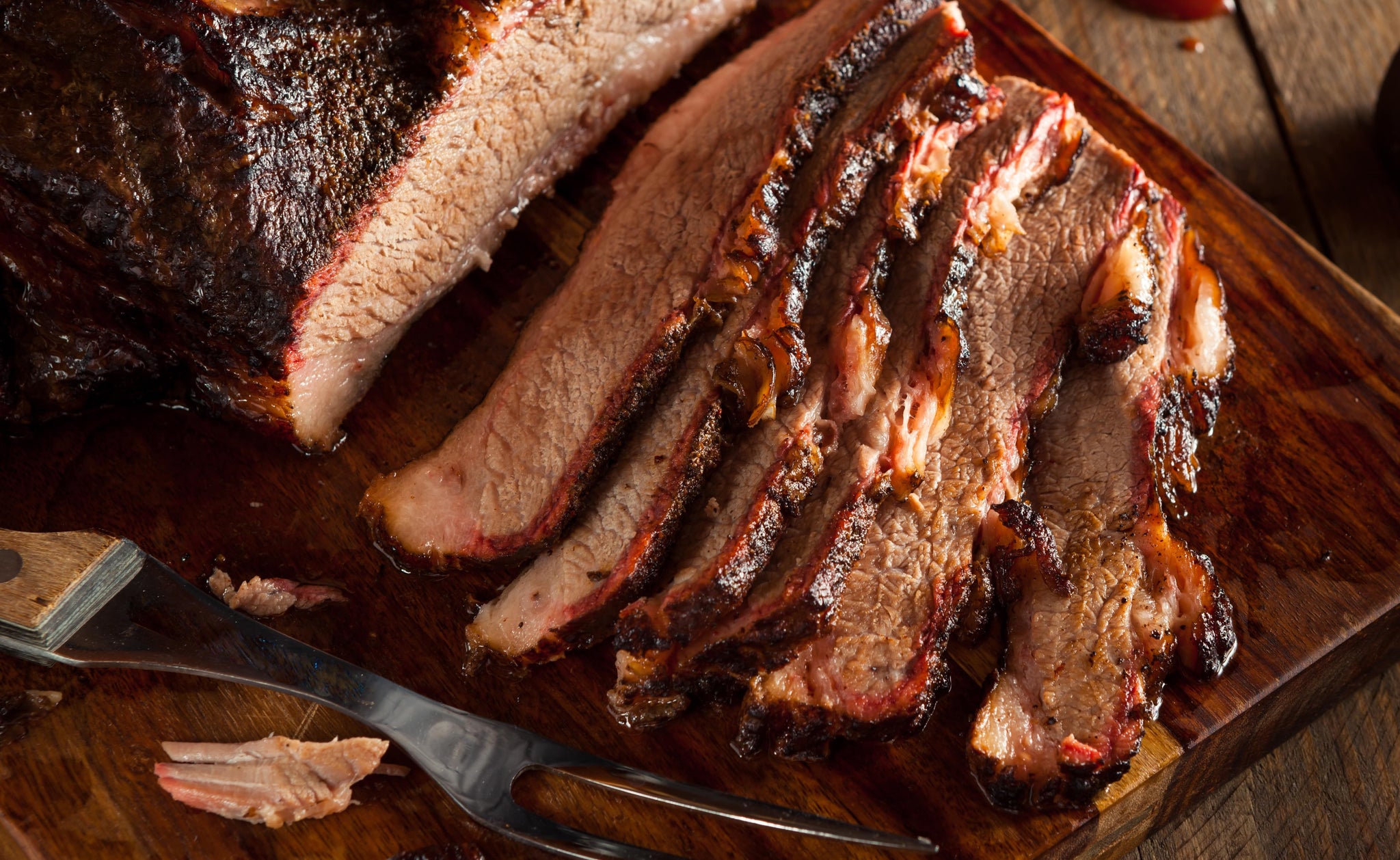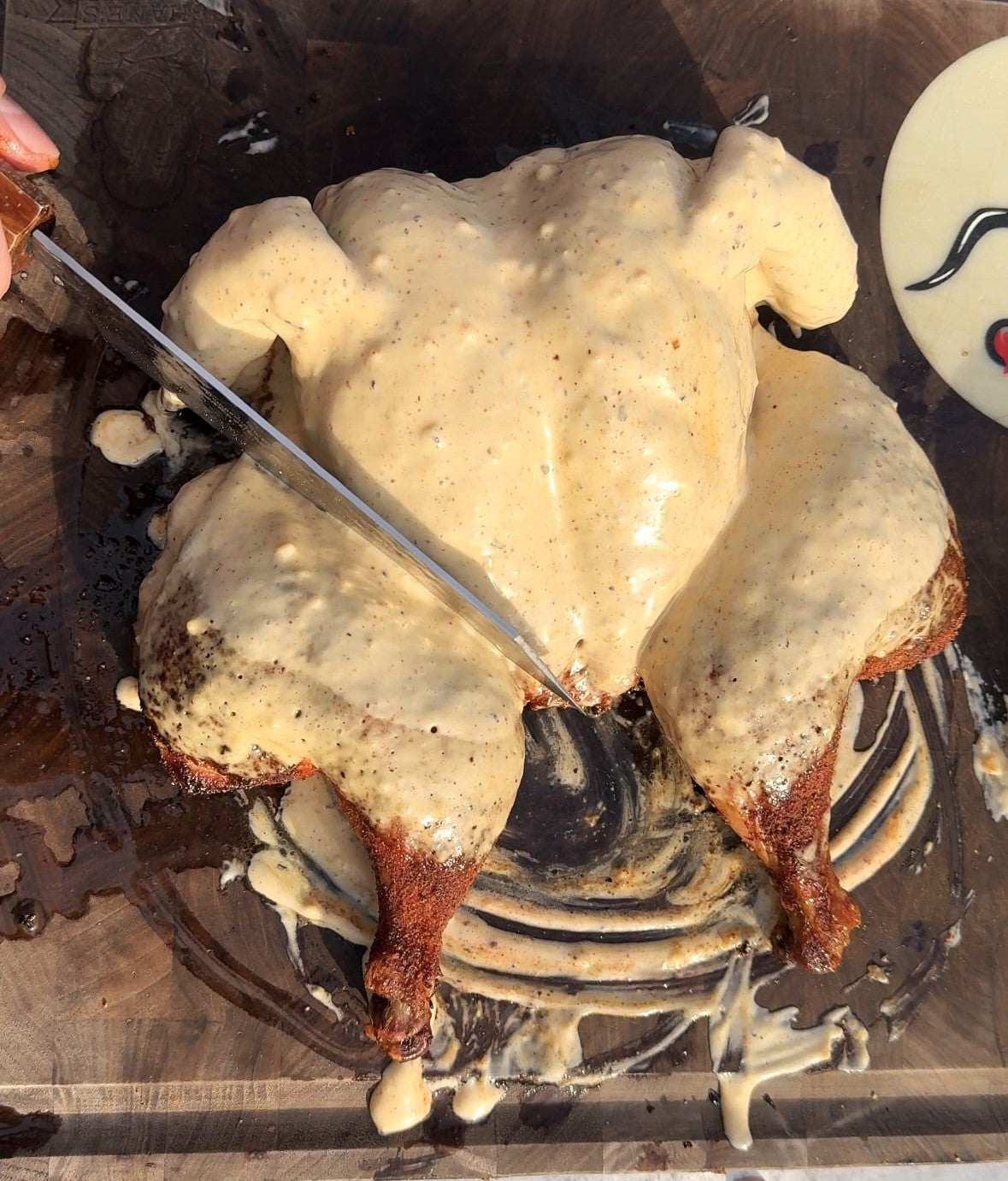Smoked Pork Shank
-
By: Jack Mancuso
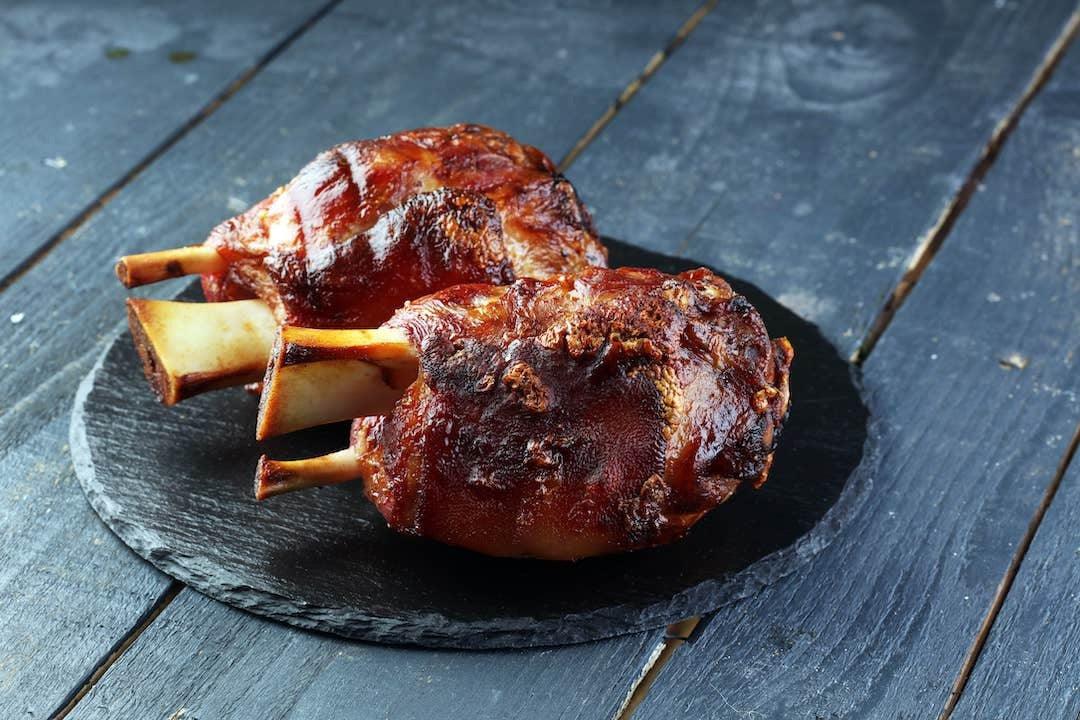
There are many types of pork, all of which have delicious possibilities. In my videos, you may have seen pork belly burnt ends and pork mac n’ cheese, for example. Today, we’ll explore making a smoked pork shank that’s downright yummy.
What is Pork Shank?
The pork shank is a tougher cut because it comes from the front forearm of the pig. This region’s muscles are well-developed. In turn, the meat is leaner. When cooked properly, slowly, the connective tissues in pork shank break down and give the meat a distinctive texture and taste. Tip: Don’t overlook the pork shank bone marrow. It’s mouth-melty like butter!
A pork shank’s characteristics make it perfect for low and slow barbecue and smoking.
Is a Pork Shank the Same as a Ham Hock?
If you can’t find one, the other is interchangeable, but there are slight differences. Where pork shanks come from an area of the leg near the foot, ham shanks come from just below the shoulder or hip of a pig, making them meatier. Both meats require cooking methods like slow braising, stewing, and smoking to make them tender.
Cost-wise, they’re very close with the shanks being slightly higher in price. Even at a low cost, you can make them taste sumptuous. You want unsmoked shanks, and you can cook them like a lamb shank. Use the resulting meat in things like:
- Soup
- Pork n Beans
- As a topper for pasta, rice, couscous
- Off the bone for sandwiches and more.
When you’re buying, bear in mind that 5 pounds of shank translates to one pound of cooked meat.
Smoking Wood Choices
There are dozens of woods from which to choose for your smoking. I prefer maple (a natural pairing). There's also pecan, oak, hickory, or apple wood.
Buying Pork Shank
If you cannot find pork shank at your local supermarket, the butcher will probably have it. Look for firm meat (but not hard). Firm meat means more fat. Also, look for striation in the muscle with a grainy surface.
Preparing the Pork Shank for Smoking
Step one in preparing your pork shank is trimming excess fat and silver skin. Unlike ribs, you can leave some skin on for extra flavor. Put hash marks in it with a good knife—that helps keep the seasonings in place.
Step two is adding binder and seasonings. Your binder can be anything, including mayonnaise, olive oil, and applesauce. I prefer old-fashioned yellow mustard.
As for seasoning, Cuso Cuts has several that work beautifully with pork. They are:
Apply the binder evenly, followed by the seasonings, and let the meat set in the refrigerator for 12 hours before smoking. Remove the pork from the fridge a half hour before cooking it.
If there’s extra moisture on the meat, carefully pat it off with a paper towel.
Step three is getting your smoker up to temperature. 250F is preferable. Spritz the pork with apple juice once every 45 minutes to an hour. This keeps the meat from drying out.
The average pork shank will take about 4 hours to reach a safe internal temperature of 140F. Now crank the smoker up to 300F. Continue smoking until the internal temperature reaches 185F. Remove the shanks and tent them in foil. No cheating! Let the meat rest for fifteen minutes before service.


